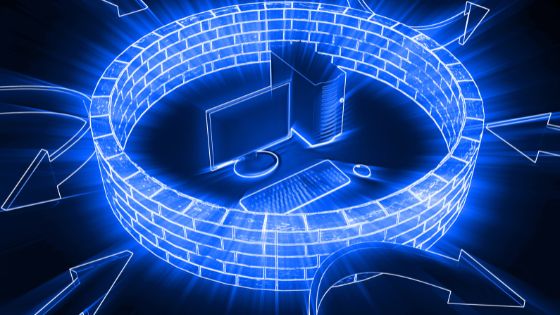Since people are more and more connected wirelessly, it poses a risk to your home network security every day. Now you can connect nearly all your devices to the Wi-Fi from your mobile phones to desktop computers, and laptops, to smart home devices like baby monitors, refrigerators, door locks, and fire alarms. This also means that anyone who is connected to your home network can have access to all these devices as well.
It is also important to understand how your home network security could be threatened. If someone gains access to your network connection, they can easily access your personal data and information through your devices. They can use this information for their own gain. Hence, the ever-increasing change in cyber threats calls for adopting security measures against them.
First of all, the kind of home network connection you sign up for has its own in-built security that prevents unknown threats from spreading throughout your network connection. For instance, Xfinity’s internet services have advanced security that comes with unparalleled protection against all kinds of cyber threats in their Xfinity xFi Gateway router. Reach out to the Xfinity customer service by dialling the Xfinity phone number to get more information on how your home network will be protected.
Let’s move on to what steps you can take to protect your home network security;
Change Username and Password
When the internet router is installed in your home, you will be provided with a username and password that is used by manufacturers for all routers in a default manner. Such information isn’t exactly private, which is why hackers can easily gain access to it. Hence, change the username and password as soon as the installation process is done.
Limited Access
Avoid giving other people access to your home network; the more people know of your network credentials, the higher risk there is of your data falling into the wrong hands. For instance, if a plumber is in your home to fix any plumbing issues, he doesn’t need to have access to your home network connection.
Turn on Router Firewall
Most routers come with excellent firewall options. Having a good firewall will prevent unwanted traffic from interfering with your home network connection. However, router firewalls aren’t turned on by default, which is why you need to activate yours through the router’s advanced settings. Also, your router’s firewall might slow down the internet, which is why you can turn off the firewall when you are gaming or performing tasks that need a good internet connection.
Turn off the WiFi network When You Aren’t Home
Just to be on the safe side, you should turn off your Wi-Fi whenever you are leaving your home for an extended period of time. That will also save the electricity being used.
Update Router’s Firmware
Since you get an internet connection through your router, it is important to keep it updated so that it can deal with bugs and errors and still provide an internet connection up to par. You can update the router’s firmware by loading the manufacturer’s website and downloading the firmware update file.
Disable Remote Access
Your router also might have the remote access feature that allows you to access your Wi-Fi network from anywhere through the internet. If you haven’t changed the default router credentials, then the potential for hackers to interfere in your home network connection increases. If you don’t need the remote access feature, it’s best to keep it turned off. You can disable this feature by going through the settings in your router’s interface.
Place Router in Center
Your Wi-Fi signal might be strong enough for someone outside of your home to have access to it. Move the router to the central location in your home to prevent that. This is one of the non-technical steps that can be used to prevent any unwanted access to your home network connection. If you can’t place your router in the center of your home for some reason, at least keep it away from the windows. Windows don’t block the wireless signal, but someone could still access your home network connection from outside your property.
Final Thoughts
These steps might seem like too much effort, but the security of your home network will go a long way if you take a few measures to ensure the protection of your devices.













